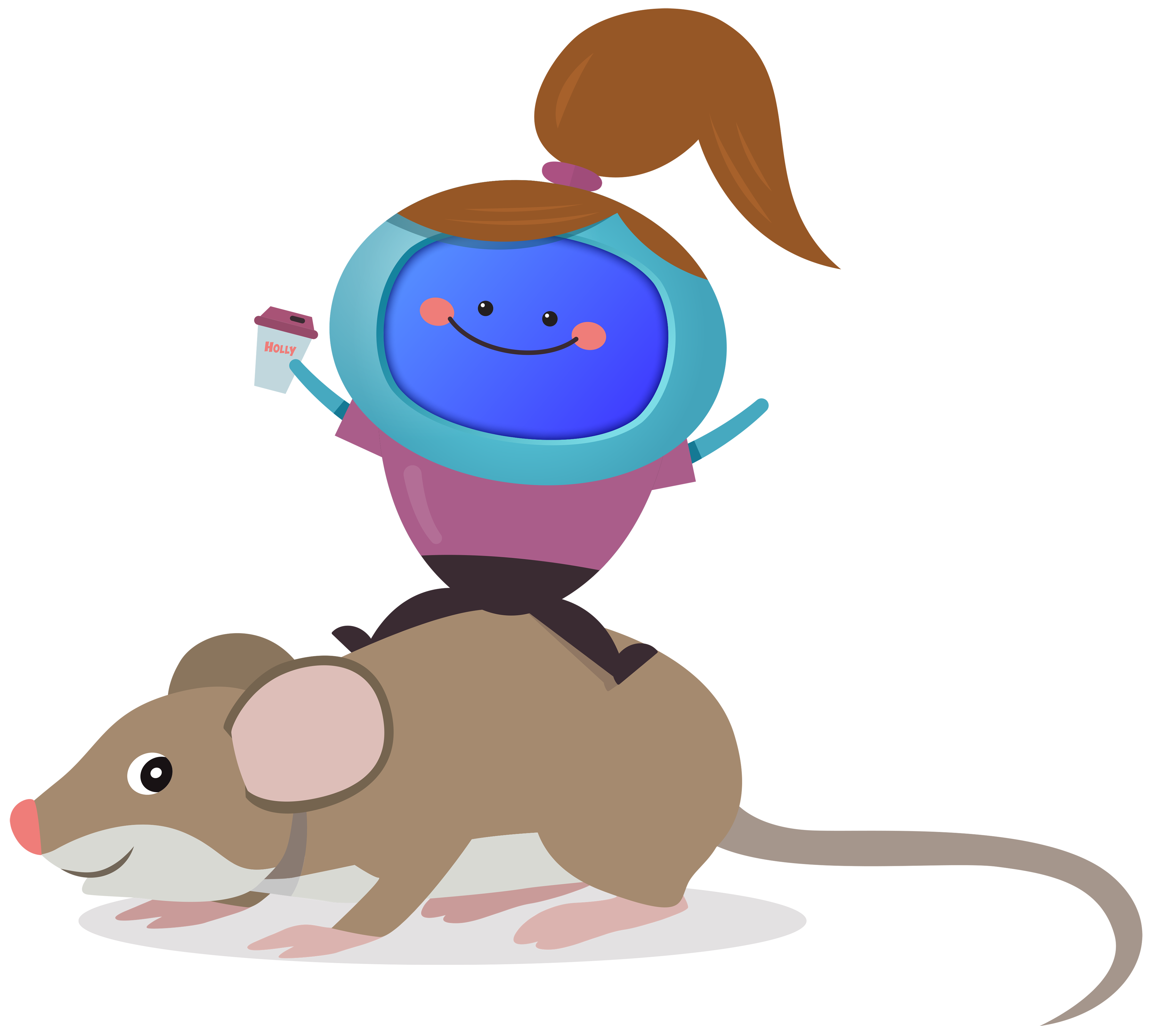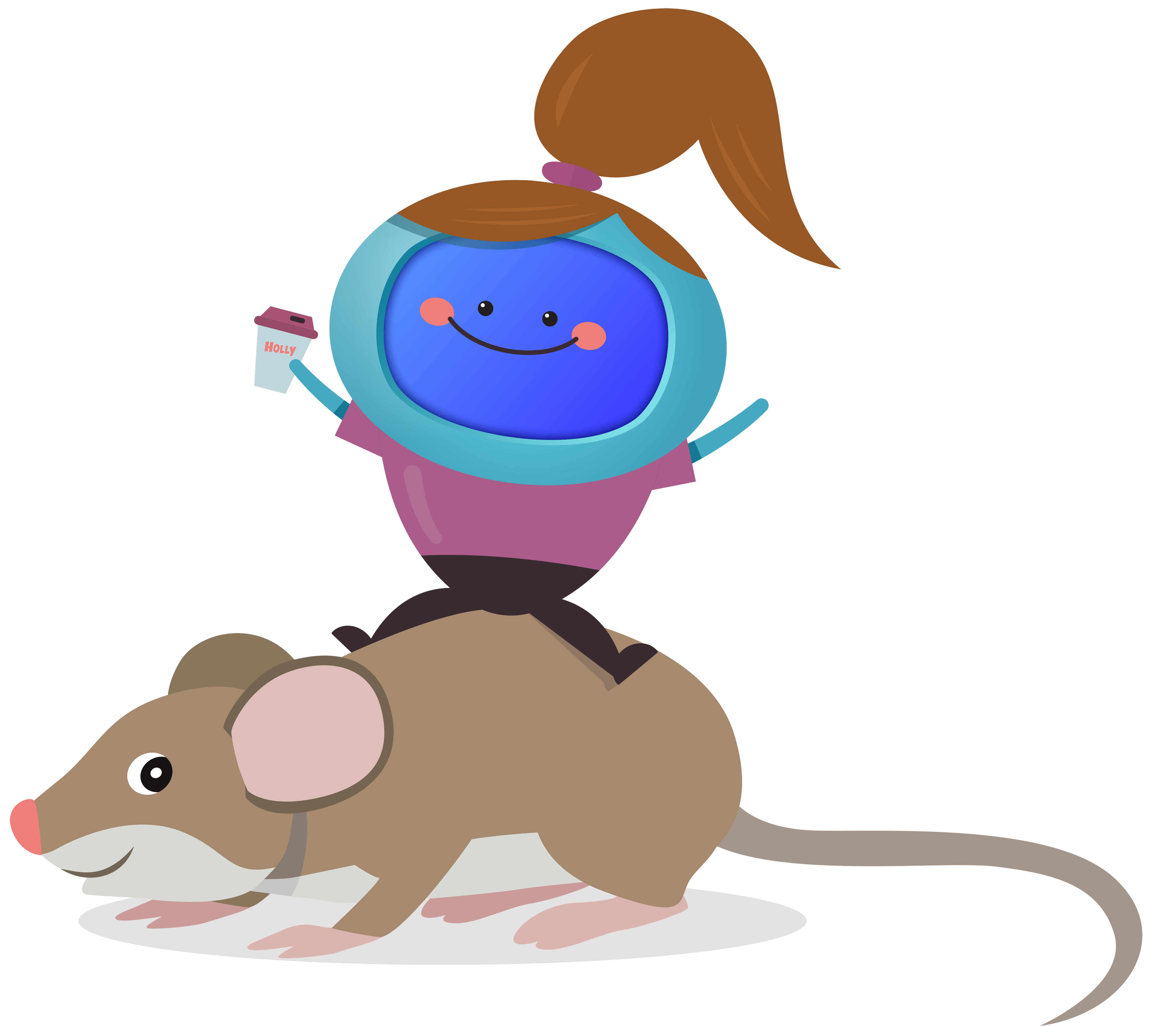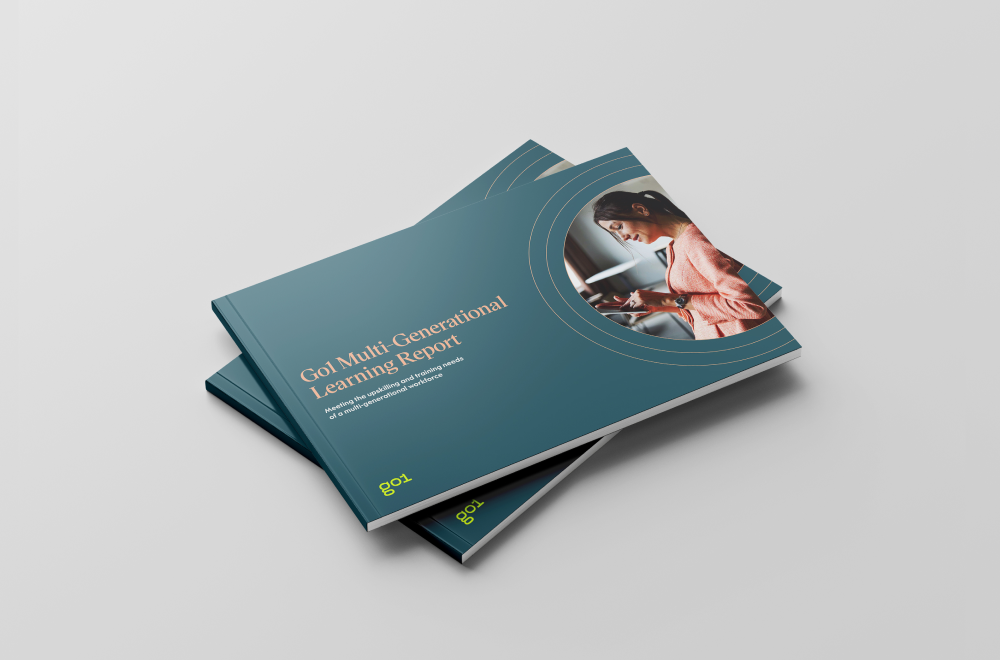
Engagement and retention: the power of storytelling in eLearning

Most people have words they don’t like. For me, it’s office jargon like ‘bandwidth, ‘blue sky thinking’ or ‘pinging’ emails. Eurgh.
For my brother, the most irritating word in the world is ‘delightful’. Years ago, he worked at an estate agency where ‘delightful’ was seriously overused; it featured in every advert and every property description. It even trickled down into normal conversation - delightful coffees, lunches, dates and holidays were had by all. Because of this experience, there are few things less delightful for him than the word itself.

Why am I telling you this? There’s no chance I’d have remembered such a trivial fact if my brother had just said “I hate that” and moved on. Because of the story, I still remember his disdain for ‘delightful’ more than a decade after he told me. Translate this into a more useful setting (like workplace training), and you’ll find that any information can be cemented in memory if it’s part of an engaging story.
Making eLearning content that works
There are three key elements that make great eLearning content. Firstly, it has to engage learners and get their attention (best achieved through dynamic visuals, witty voiceover and a good dose of humour). Next, the content has to deliver information in a way that makes sense of all the facts and figures – tricky when you consider the different ways individuals prefer to learn. Finally, it has to be memorable.
According to Paul Smith, a successful corporate trainer and author, around 40% of people are ‘visual learners’ who learn best from videos, diagrams and illustrations. Of the rest, 40% are ‘auditory learners’ (think lectures and discussions) and 20% are ‘kinaesthetic learners’ who understand through doing, experiencing or feeling. Storytelling is an unusual teaching method because it contains elements that work for all three.
As you might expect, those who learn through listening do well when they hear a story. Visual learners do too - because the descriptive element allows them to picture the scene and visualise information/scenarios in a way they aren’t able to when presented with lists of facts and figures.
Here’s what’s really interesting though - when listening to a story, our brains allow us to feel the same as we would if we were experiencing the subject for ourselves. This makes storytelling an ideal teaching tool for kinaesthetic learners because they still gain the ‘doing’ experience without actually being hands-on. Sound like something I just made up? I can back this up…
A Princeton neuroscientist called Uri Hasson delivered a fascinating TED Talk in 2016 called this is your brain on communication. If you don’t have ten minutes to watch the video, here’s the gist;
As a story is being told, activity in both speaker and listener brains align. On fMRI scans, you can actually see the same reactors light up in both as the story progresses.
“When she [the speaker] had activity in her insula, an emotional brain region, the listeners did too. When her frontal cortex lit up, so did theirs.”
Basically, the minds of listeners react the same way upon hearing a story as they would if they were recalling an experience of their own. This means that lessons told through stories can implant ideas, feelings and experiences into the minds of learners. You don’t get much more engaged than that!
What about retention?
Training is pointless if it isn’t memorable. The last thing you want after investing in a learning and development programme is a bunch of employees who can’t remember enough to make use of the courses they take. That’s another great thing about learning through storytelling – it helps us to recall information long after it’s delivered.
A great example of this theory in action can be found in a study by Stanford professors Gordon H. Bower and Michal C. Clark. Their experiment saw two groups of students tasked with memorising sets of ten, unrelated words. The control group were given their sets and told to remember the words in whatever order they chose. The second group were asked to embed those words into stories and remember them this way. When tested later, the students who constructed stories were able to recall six to seven times as many words as those in the control group.
Now, imagine those words were facts about health and safety, sales strategy, marketing practices or whatever subject you want to teach. By conveying information through storytelling, it’s up to 7 times more memorable. That’s a huge difference - one that significantly impacts the ROI of eLearning content.
About the author
Holly Helps (yes, that is her real name) is part of the innovative team at iAM Learning - creators of engaging animated eLearning content that improves performance and encourages professional development.

The iAM Learning library features high-end animation, likeable characters and captivating stories that make even the most serious subjects appealing and unforgettable. You can access the library free for seven days with a no-obligation free trial.
Start exploring content from iAM Learning!
For more insights, be sure to subscribe to the Go1 newsletter to stay on top of all the latest L&D trends. Or, you can book a demo today to find out how Go1 can help with your team’s learning needs.



